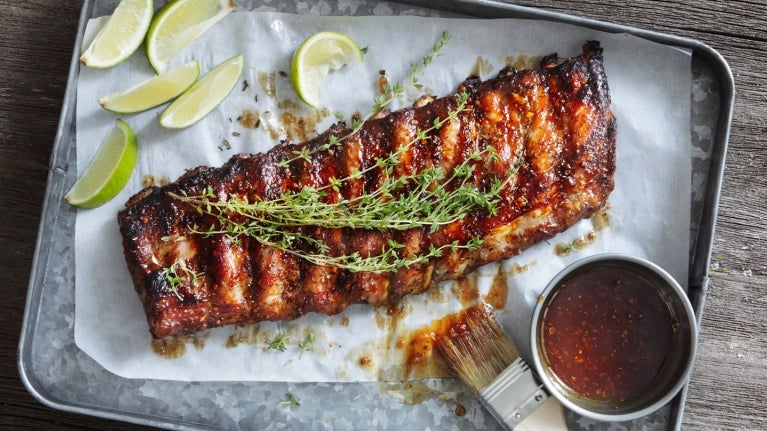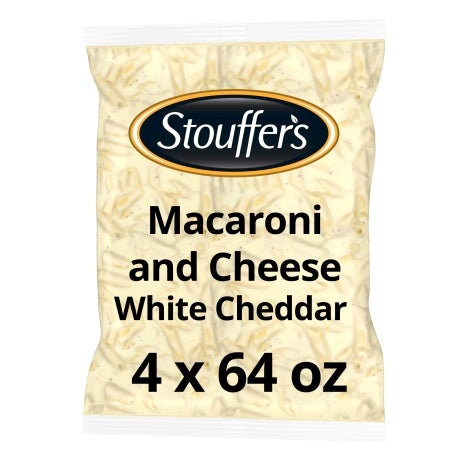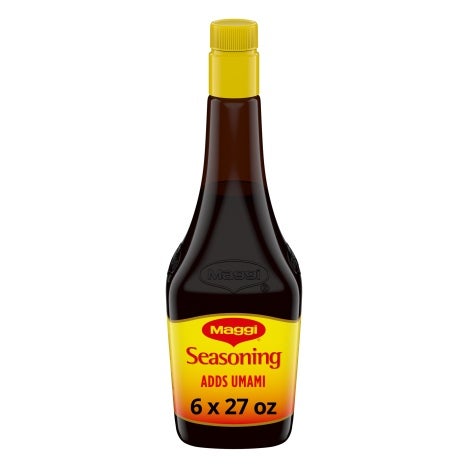
How to Barbecue with Global Flavors
American barbecue is getting a global twist. Learn about this next-gen barbecue trend and how to introduce it to your menu.
Anyone who googles ‘barbecue’ discovers that, broadly speaking, four main regional styles are in play across the United States—Carolina, Kansas City, Memphis, and Texas—the practitioners of each nearly duty-bound to hold closely to ages-old formulas for spicing, cooking, saucing, and serving. But time and tastes march on, and so, too, do the diversity, backgrounds, and culinary styles of American chefs who ply the pit trade.
Emerging in the last few years are new approaches that upend the idea that barbecue must cling tightly to the time-honored traditions that long ago helped lay the foundation for regional American barbecue.
As with so many culinary innovations that come along, these next-generation iterations are stirred up by chefs’ intent on seeing their homeland foods and flavors tossed into the ever-changing American melting pot.
Egyptian-spiced ribs? Vietnamese-inflected pulled pork with lemongrass, fish sauce, and makrut lime? Za’atar rubbed pork? Ramen brisket with noodles and smoked pork bone broth? Barbecue beef nachos with queso fresco and fresh chili salsa? Korean barbecued short flanken tacos? Bring them on! All are examples of the creativity that, like a haze of sweet wood-fired smoke, surrounds the newest, coolest, and best barbecue menus across the country.
And just like the foundational roots that were deeply shaped by African, Caribbean, German, and Czech roots, these modern-era barbecue fusions also are authentic, true to the chefs who are bringing fresh life to the whole concept of American born and raised barbecue.
Serving at least one side dish along with the smoke-infused star remains deliciously old-school, baked beans, coleslaw, cornbread, mac and cheese, and corn on the cob among the oft-turned-to options. Whether housemade or jump-started with speed-scratch ease, these, too, can be sassed up and matched to the main course with little flavor twists from global pantries.
Here are some forward-looking menu items that are bringing innovation and freshness to regional American barbecue.
- Smoked brisket tacos with onion, cilantro, Chihuahua cheese, and chile de arbol salsa
- Short Rib Yakamein with beef broth, smoked short rib, soft-boiled egg, spaghettini, scallions, garlic, and hot sauce
- Lemongrass Pulled Pork Po’ Boy with jerk aioli and green tomato chow chow
- Burnt Ends Chili Cheese Fries
- Bar-B-Cuban sandwich on a hoagie roll with barbecued pulled pork, ham, pickles, Swiss, and gold BBQ sauce
- Wedge Salad with iceberg lettuce, smoked barbecued chicken, bacon, cherry tomatoes, crumbled blue cheese, and Alabama white sauce
- Crispy smoked tofu plate with Texas toast, pickles, and red onions
- Strawberry-glazed smoked pork belly banh mi sandwich with jalapeños, cucumbers, carrots, and lemon aioli on French-style banh mi roll
- Crisped injera nachos topped with smoked meat, shiro wat (chickpea flour), barbecue sauce, shredded cheese, Ethiopian crumbled ayib cheese, pico de gallo, and jalapeños
- Berbere-spiced smoked pork ribs with Ethiopian awaze glaze (berbere spices mixed with honey or mead and arak) and served with teff
- Mediterranean bowl with Egyptian-spiced barbecued brisket, fragrant rice, tahini, candied nuts, pomegranate seeds, and garden salad
- Good Luck Cluck with pepper-rubbed smoked boneless chicken thighs with yellow curry sauce
The information provided is based on a general industry overview and is not specific to your business operation. Each business is unique, and decisions related to your business should be made after consultation with appropriate experts.







